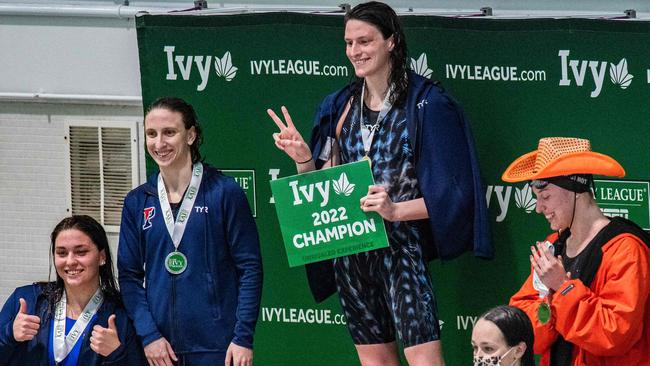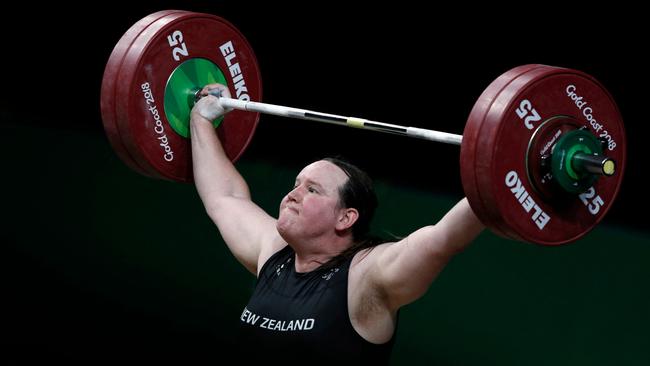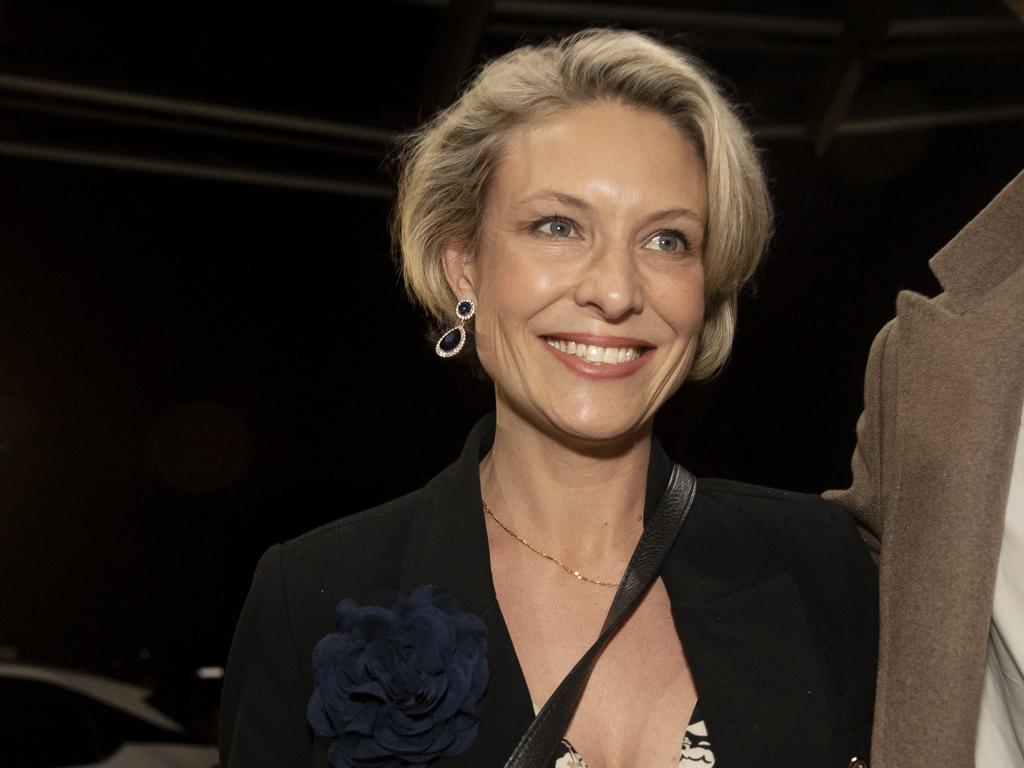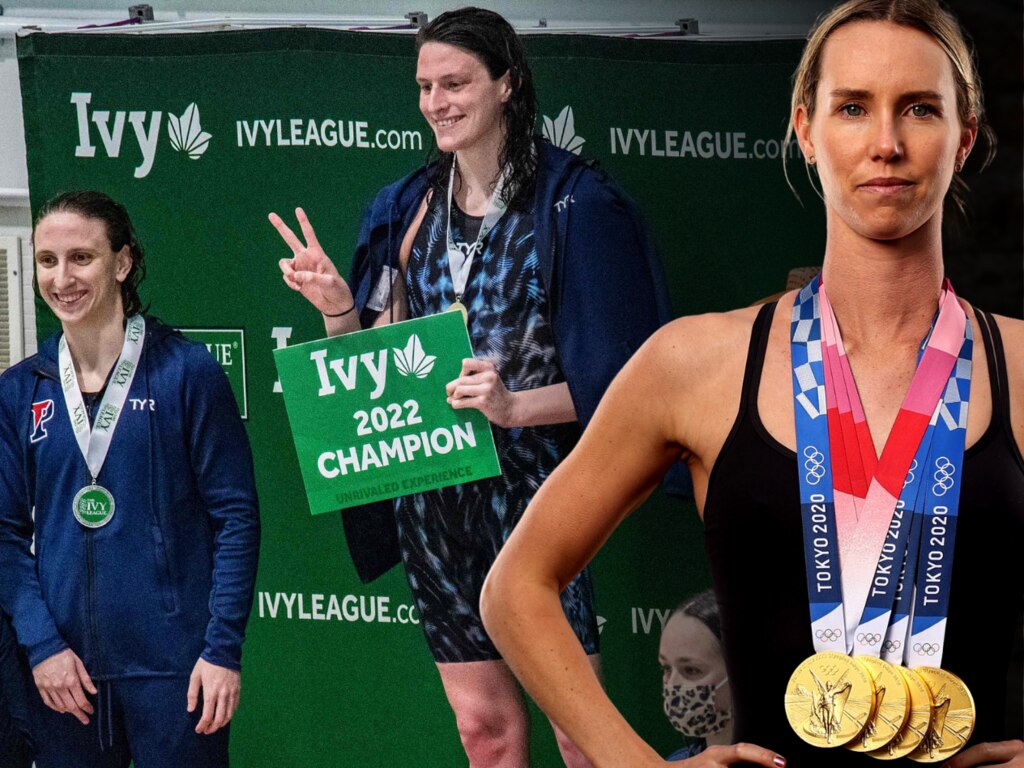What science tells us about transgender women athletes

Ultimately, the community must arrive at solutions that account for the conflict between fairness and inclusion, especially within elite sports.
Our aim here is to outline the scientific facts of this area.
The science of testosterone and exercise performance in men and women is extensive and clear on the magnitude, impact and likely irreversibility of male physical advantages in elite sports. Any quest for more or better data, the perfect being the enemy of the good, will only produce lengthy pointless delays when sufficient is already understood for key decision-making. Such decision-making should not stall on the perception of imperfect knowledge.
Men are, on average, bigger, faster, stronger and have greater endurance than women. While there is overlap between men and women, at the elite sporting levels the differences are stark. These physical advantages are caused by the dramatic surge in testosterone — a rapid 20-30-fold rise over unchanged female levels — during male puberty.
Cumulative effects of male testosterone exposure over years produce a lasting uplift of larger and stronger muscles and bones, higher capacity cardiovascular systems and a higher haemoglobin level.

In individual sports such as athletics and swimming, world records and winning Olympic performances show men have a 10-20 per cent advantage over women, with even higher advantages in certain sporting skills (pitching, fast bowling, punching, yanking, pulling) of 50 per cent to over 100 per cent. This explains why female world records are surpassed by thousands of males, including by boys aged 14-15 years old in early to mid-puberty.
If there were no female-only events but only open mixed competitions, not only could women never win the fame and fortune due to international success, but they would not even make the national teams.
The performance observations are so self-evident that stratification of sports by sex into male and female events was unquestioned, long preceding any scientific study.
But this also has important contemporary implications for male-bodied individuals identifying as women, such as transwomen or certain intersex (XY DSD) disorders, who present category-defeating dilemmas.
Men and women may individually have advantageous physiological variations for sport such as large hands, feet, or wingspan and cardiovascular or muscular differences; however, these advantages, available to individuals of both sexes, are not unfairly category-defeating in the way male-bodied individuals in female events would be. Indeed, the sorting of marginal advantages into rankings within a field of those with the same functional potential — the basis for categories — is the essence of sporting competition.

The effects of testosterone during and after male puberty are only partly reversible if testosterone levels are fully suppressed in adulthood (for example in transwomen receiving oestrogen treatment), not to zero, but to female levels.
Haemoglobin is highly sensitive to testosterone suppression, but bone structure is not reversible, and critical determinants of sports performance like muscle mass and heart and lung function are only minimally impacted. Complete testosterone suppression modestly reduces the male physical advantages, but goes nowhere near eliminating baseline disparities between the sexes, even when maintained for three years. Gestures that reduce but fail to eliminate male physical advantages do not provide fairness in a female-only category that is designed to exclude male advantage.
What is an unfair advantage in elite sports? Surprisingly, we can already begin to quantify unfair advantage from elite sports data. The winning margin in individual events — whether or not one gets a gold medal, any medal or makes the final — is less than 1 per cent. In recent years hi-tech sports equipment, such as super running shoes and synthetic full-body swimsuits, were introduced but when they produced physical advantages of 3-5 per cent, they were banned by their governing Federations. Using this 3-5 per cent benchmark as defining an unfair advantage, the 10-20 per cent advantage of unmodified male-bodied athletes and the remaining 8-12 per cent advantage after suppression of testosterone levels, confirms that male-bodied athletes who have experienced male puberty, cannot compete fairly in elite female events.

Categorisation (by exclusion of those with advantageous baseline biology) in pursuit of fair competition is not unique to sex, with similar fairness-driven stratifications defined by objective criteria for age, weight (boxing, weightlifting), skills (judo) and disability grade (Paralympics). As a subjective and variable criterion, gender identity cannot form a rational basis of fairness in sports stratification.
Public debate about transgender people in sport has lacked critical discussions. For example, potentially important analyses of individual and team sports and of elite and social, community or recreational sports have hardly been made.
While data from individual sports are directly captured, mapping performance in team sports is more complex. While it is easy to recall the winning ways of Shane Warne or Buddy Franklin, other team players also contribute to success in ways hard to measure. Elite athletes are professionals likely to demand rigorous fairness, while those in community, casual or recreational sports may consent to sacrifice fairness and prioritise the social value of sporting activity.
Importantly, female athletes should not be forced to assume the burden of competing against unfair male physical advantages in the name of inclusion. This would risk creating another generation of female athletes with lifelong career loss and personal grievances resembling a very different form of unfair disadvantage such as when Australian and other sportswomen faced doped East German athletes in the 1980s.
Clearly the unfair male physical advantages of transwomen, retained despite compliance with current sports policies, are not comparable to drug cheating. But nevertheless, current policies, designed more with optimistic hope than with a scientific basis of realistic expectation of fairness, represents a different form of unfair advantage experienced, without consent, by female athletes.
The health benefits of sports participation make it desirable for, where possible, inclusion strategies.
Community and recreational sports are often run as mixed competitions at younger ages, typically under 12 years old, and it may be feasible to run some adult activities as open mixed competitions, at least in non-contact sports.
But every elite athlete started in lower-level settings, and those embarking on a prospective career in elite competition would need to transition to single sex competition.
That is a proposition no more challenging than understanding that individuals who grow older, heavier, or more skilful will face parallel switches between categories or even change in their events or skills.
Transgender individuals comprise 0.3-0.5 per cent of the population and are generally under-represented in sports. Full participation by transgender people in sport should be encouraged for mental and physical health.
However, this inclusion should not come at the cost of imposing an unfair burden on elite female athletes.
Dr Emma Hilton is a prize-winning developmental biologist at the University of Manchester, whose research has shown how trans women athletes will always have a physical advantage over their female counterparts.
David Handelsman is a Professor of Reproductive Endocrinology and Andrology, University of Sydney, and Emeritus Director, ANZAC Research Institute, Concord Hospital. Sydney. His research has explored testosterone levels and the physical advantages trans women retain in elite sports.







Transgender participation in elite sports has critical dimensions of fairness (including safety) and inclusion which inevitably conflict. Science informs the first and should guide communal attitudes and values for the second.